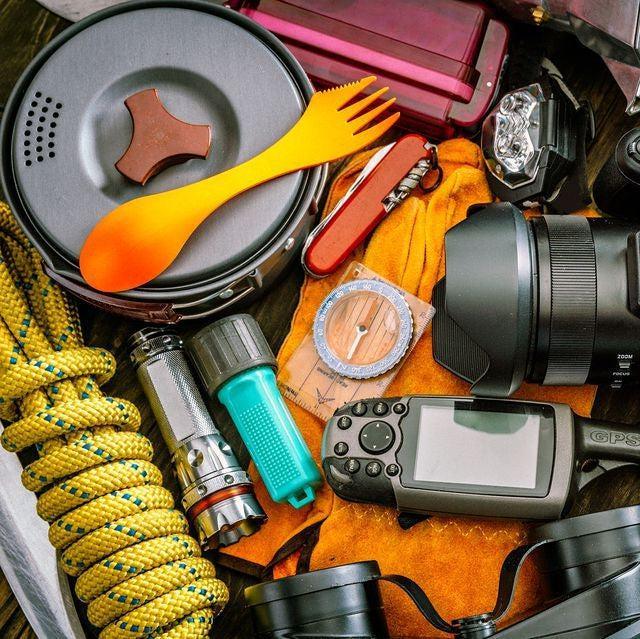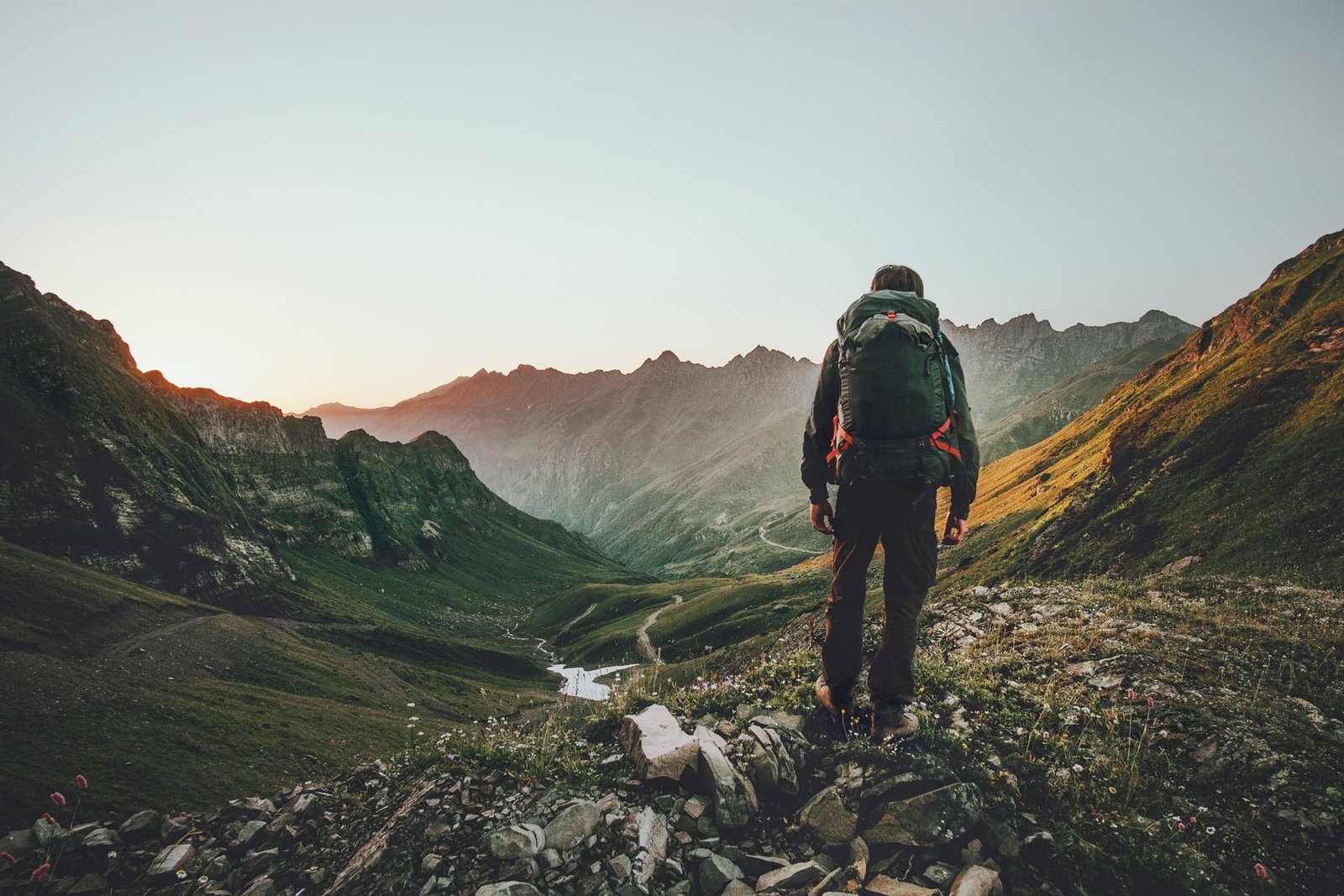How To Correctly Choose Your Survival Knife
Share
One of the pillars of a survival kit is the knife. A survival knife is a must have piece of gear for any serious prepper. A survival knife is not something you want to get skimpy on. You need to be picky, but decisive. I’ve gathered what I think are the most important features to have in a survival knife and hope they can guide you to choosing the proper knife for you.
Fixed or Folding?
The first question we have to answer is will the knife be a fixed or folding blade? Conventional wisdom says a fixed blade is the superior choice. They are stronger, longer, and better suited for survival tasks and even self-defense. A fixed blade can be used for batoning wood, digging, hammering, along with the typical slicing, dicing, and stabbing a knife is commonly used for. A dedicated survival knife should be a fixed blade. The right fixed blade will take everything you can toss at it.
With this being said there is no rule saying you only need to carry a single knife. A folding blade can still be a handy tool for survival, provided it’s durable enough to do the job. This article is going to focus on dedicated survival knives but I bet most readers here carry pocket knives on a daily basis. Pocket knives are perfect for those smaller cutting tasks that a fixed blade knife may be a bit much for.
Blade Style
There is two factors to blade style, the point and the edge.
The Point – The point of your knife determines quite a bit about how your knife is designed to be used. A Drop Point is one of the best choices for a survival knife. A drop point has a nice long belly that makes skinning game easy. A drop point blade tip is very strong, and the blade design excels for batoning.
Other types like the tanto are good for stabbing and piercing, but poor for skinning game. The clip point is nice and controllable, but somewhat weak at the tip.
The Edge – The biggest question is going to be straight or serrated. I prefer straight blades. I find them easier to sharpen, and better for batoning wood. Serrations of course makes cutting through thicker materials a bit easier. Both are good options and its a personal preference situation in many cases.
In terms of blade design you want a single edge blade. A spear point blade with a dual edge is a good weapon, but a poor tool. The double sided design makes these blades difficult to use for batoning, striking ferro rods, and the dual sided blade can harm you on accident if the knife gets away from you.
Blade Length
A lot of people have a bigger is better mentality when it comes to survival knives. I personally find that to be untrue. A long blade can become unwieldy and if you want length go with a machete. A blade length between 4 to 7 inches is often a good range in terms of blade length. This keeps the knife easy to control, but large enough to work. The shorter the overall knife is the easier it is to carry.
Tang
A tang is a part of the knife blade that is hidden in the handle, or acts as the handle. A full tang knife is where the tang runs the full length of the handle. A full tang is the best option for a survival knife. It lends an extreme amount of strength to the knife and keeps the blade from breaking off at the handle. Cheap knives will have a “half” tang or no tang and have the blade just attached to the handle.
These knives are quick to break. It’s a shame how many people I see utilize knives with hollow handles as survival knives. The idea behind a hollow handle is that you can store survival supplies in the handle. That sounds like a great idea, but I’ll bet you 10 bucks the blade breaks before you can ever use those supplies.
Lastly, there is the false full tang, or rat tail knives. These knives may proclaim a full tang, but in reality the tang gradually gets thinner and thinner as it goes. These are also easy to bend or break.
Spine
The Spine of a knife is the portion of the blade opposite the edge. We already covered that spear point blades are a poor choice due to the fact they lack a spine. Typically there are two types of spine, rounded and squared. A rounded spine allows the user to control the blade with ease and use their thumb to drive the blade. This does increase the control of your knife, but its the best choice for a survival knife.
A square spine allows you to strike a ferro rod to create sparks and build fire a bit easier. A square spine is also easier to ‘hammer’ which allows you to split or baton wood. A square spine between a 3/16 and a ¼ inch is an excellent choice. A rounded spine is typically the better option for a pocket knife.
Steel
There are tons of different types of steel with slightly different composites. We can’t cover all of those here, but we’ll touch on the main two types of steel you are likely to see. Their subsections would be an article to themselves.
The first is stainless steel. Stainless steel is quite common and is an effective steel. It’s resistant to corrosion, tough as hell, and will last a lifetime. Obviously there are different types of stainless steel, but high quality stainless steel is tough, and easy to sharpen. The downside is that it tends to lose its edge faster than our second type of steel.
Carbon Steel is quite tough, durable, and can be sharpened to a fine edge. It can be honed to the point where it’s close to razor sharp. Carbon steel also holds an edge longer than stainless. God doesn’t give with two hands so you do have to deal with rust. If you are using carbon steel look for a knife that utilizes a strong coating to resist corrosion.
Handle
Generally you want a handle that fills the hand. A nice thick handle will fill the hand well, and prevent fatigue from setting in. Thinner grips often make the knife a bit lighter, and easier to carry concealed. However, in a survival situation concealment isn’t an issue. A nice thick grip is more comfortable, and is less likely to slip from your hand. The grip should also be textured to make it easier to grip and harder to slip out of the hand. You should be able to easily grip the knife while your hands are wet, cold, or when you are wearing gloves.






